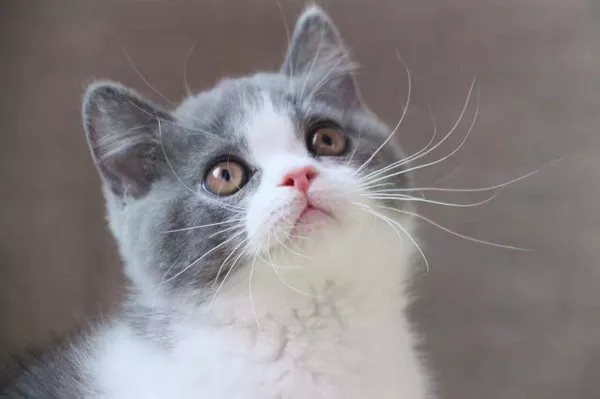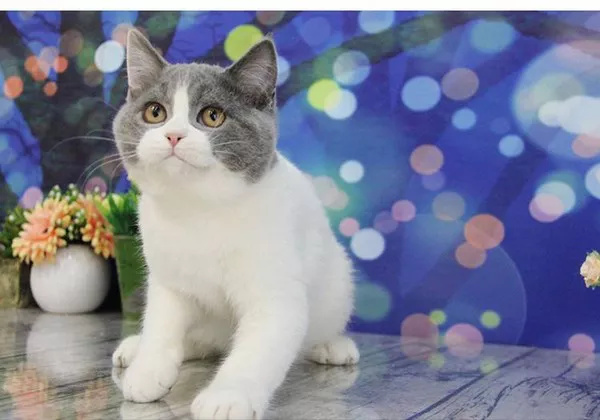Cats, with their mysterious charm and diverse coat patterns, continue to captivate the hearts of pet enthusiasts worldwide. Among the various feline varieties, Calico cats stand out for their unique tri-colored fur, typically a combination of white, black, and orange. While discussions about feline health often revolve around common breeds, male Calico cats bring their own set of considerations, including questions about their ideal weight. In this article, we delve into the factors influencing the weight of male Calico cats, offering guidance for pet owners keen on ensuring their feline friends maintain a healthy physique.
Calico Cat Basics
Before diving into weight considerations, it’s essential to grasp the fundamentals of Calico cats. Calico refers to a coat color pattern rather than a specific breed. The distinctive tri-colored coat is a result of genetic factors, specifically linked to the presence of two X chromosomes. Calico cats are typically female due to this chromosomal requirement. However, male Calico cats are a rare occurrence, constituting less than 1% of the Calico feline population.
Genetic Peculiarities and Calico Male Cats
Understanding the genetic anomalies behind male Calico cats is crucial to comprehend the potential factors affecting their weight. In most cases, male Calico cats possess an extra X chromosome (XXY), a genetic condition known as Klinefelter syndrome. This additional chromosome contributes to the unique coat coloration and can influence various aspects of the cat‘s health, including its weight.
Determining the Ideal Weight
The ideal weight for a male Calico cat, like any other feline, depends on several factors, including age, genetics, and individual metabolism. Unlike specific breed standards, Calico cats come in various shapes and sizes, making it challenging to establish a universal weight range. However, general guidelines provided by veterinarians can help pet owners gauge whether their male Calico cat is within a healthy weight range.
Factors Influencing Weight in Male Calico Cats
1. Genetics:
The presence of the Klinefelter syndrome and the additional X chromosome can impact the metabolism and growth patterns of male Calico cats. Genetic factors play a significant role in determining their size and weight.
2. Age:
As with all cats, age is a crucial factor influencing weight. Kittens will have different weight requirements than adult or senior cats. Calico cats, whether male or female, may experience growth spurts during their early years.
3. Diet and Nutrition:
The type and quality of the cat’s diet can significantly affect its weight. Male Calico cats may have specific dietary needs, and owners should consult with a veterinarian to ensure they provide a balanced and nutritionally adequate diet.
See Also:When Will My Calico Cat Calm Down?
4. Exercise Levels:
Physical activity is essential for maintaining a healthy weight in cats. Male Calico cats with limited mobility or those with a sedentary lifestyle may be prone to weight gain. Engaging in interactive play and providing opportunities for exercise can contribute to a healthy weight.
5. Health Conditions:
Underlying health issues, such as thyroid disorders or diabetes, can impact a cat’s weight. Regular veterinary check-ups are crucial to identifying and addressing any potential health concerns.
Guidelines for Monitoring Weight
Keeping track of a male Calico cat’s weight involves more than just placing it on a scale. Pet owners should consider the following guidelines to ensure their feline companion maintains optimal health:
1. Regular Veterinary Check-ups:
Schedule routine visits to the veterinarian to monitor your cat’s overall health and weight. Veterinarians can provide personalized advice based on the cat’s specific needs and conditions.
2. Body Condition Scoring:
Veterinarians often use body condition scoring systems to assess a cat’s weight. Owners can learn to perform these checks at home, feeling for the cat’s ribs and assessing its overall body shape.
3. Adjusting Diet:
Based on the veterinarian’s recommendations, adjust the cat’s diet to meet its specific nutritional requirements. This may involve modifying portion sizes, choosing a different type of food, or incorporating supplements.
4. Regular Exercise:
Encourage physical activity through interactive play and the provision of toys. Engaging in regular play sessions can help maintain the cat’s weight and promote overall well-being.
Conclusion
In conclusion, determining the ideal weight for a male Calico cat involves considering various factors, including genetics, age, diet, exercise, and health conditions. While there may not be a universal weight range for all male Calico cats, attentive pet owners can work closely with veterinarians to ensure their feline companions maintain a healthy weight throughout their lives. Regular check-ups, a balanced diet, and an active lifestyle contribute to the overall well-being of these unique and charming feline companions. By understanding the nuances of male Calico cat care, pet owners can provide the best possible environment for their rare and captivating companions.
Related Topics:
What to Feed Your Calico Cat: A Comprehensive Guide
Charms of Calico Cats: What You Need to Know
What Were Calico Cats Bred For?
























